How Long is a Soccer Field: Professional and Youth Match
There are times when watching the game, you will surely wonder about the actual size of a soccer field. We know that it is very large, but we do not know the exact length and width of a soccer field. How long is a soccer field? Let’s find out with Scott Fujita.
Contents
How Long is a Soccer Field?
The soccer field must be between 100-130 yards (90-120 meters) long and 50-100 yards (40-90 meters) wide. However, these numbers change during an international match. In an international match, the size of the pitch must be between 110-120 yards (100-110 meters) in length and 70-80 yards (64-75 meters) in width.
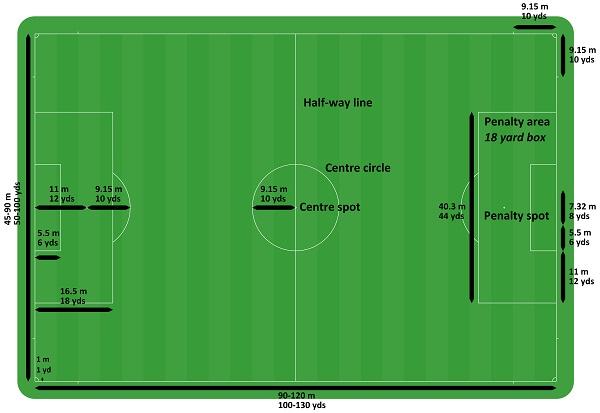
The soccer field dimensions.
The International Football Association Board (IFAB), the governing body that writes soccer’s rules, stipulates that the pitch must be rectangular and marked with continuous lines. A full-sized yard can be 50-100 meters wide and 100-130 meters long
Bundesliga soccer field dimensions
For the Bundesliga, Article 37, Section 6 of Annex VI of the DFL Rules states that a field must be 105 meters (115 yards) long and 68 meters (74 yards) wide. However, there are allowances for such dimensions to be reduced to no less than 100m (110 yards) and 64m (70 yards) respectively.
View more: How long is a soccer game
Dimensions of a Professional Soccer Field for International Matches
The table below sets out the soccer field size requirements and shows how large a football field can be.

Credit to the Official Laws of the Game
In the table above, the measurements are taken from the outside of the lines because the lines are part of the area they surround. The touch line must also be longer than the target line
The dimensions of a football field are 100-130 yards (90-120 meters) long x 50-100 yards (45–90 meters) wide. The rules of football allow some flexibility in the size of the field to allow teams to play in the area available to them.
Middle and High School Soccer Field Dimensions
Here is a list of recommended sizes for youth soccer fields (in yards). The dimensions are depending on the age of the players:
- Ages six and under: 15 to 20 yards x 25 to 30 yards.
- Eight or less: 20 to 25 yards x 30 to 40 yards.
- Ten and under: 40 to 50 yards x 60 to 70 yards.
- Twelve and under: 40 to 55 yards x 85 to 100 yards.
- Fourteen or more: 70 to 80 yards x 110 to 120 yards.
View more: What is offsides in soccer
These smaller sizes are suitable for younger players who are not as strong as adults. A smaller pitch means players are more likely to touch the ball, score and succeed.
We recommend that if the field is used by multiple age groups, that the field at the smaller end of the oldest age spectrum should play there. For example, if a yard is used for children between the ages of eight and twelve, it should be approximately 40 m x 85 m wide.
The Markings of The Soccer Field
These markers are used as boundaries to define the position of the ball or player on the football field. The requirement that the yard be rectangular, with no other shape, is not even slightly acceptable. It must also be marked with continuous lines and must not be dangerous.
The use of artificial play surface materials is acceptable, which is okay, as long as the surface is not hazardous. Many courts may use astroturf, artificial turf surfaces, although many may prefer to use real grass or even specialty grass.
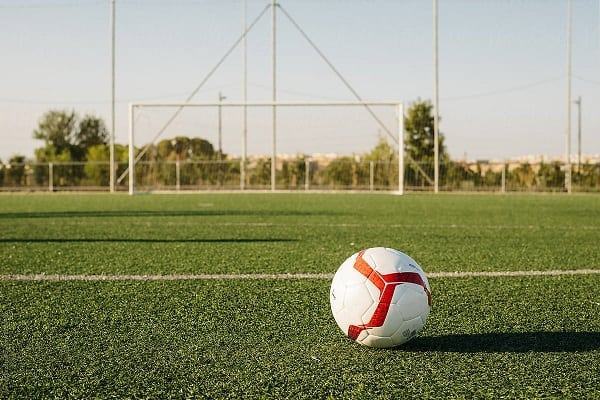
The playing surface of the soccer field
Midfield mark – Center of the field
The midfield mark is at the midpoint of the halfway line and a circle with a radius of about 10 yards or 9.15 yards is then marked around it. At the start, at the beginning of each half, or when restarting after a goal has been scored, the opposing team must remain outside the said circle until the ball is kicked and play can resume.
The lines
The lines, all of them, should also be the same width, they should be specifically 5 inches or 2 centimeters. Goal lines must also be the same width as the goalpost and crossbar.
The Goal Posts Area of The Soccer Field
When you look at a football field, you will see two rectangular boxes around the goals. The smaller of the two is called the goal area.
To determine the size of the goal area, two lines are drawn perpendicular to the goal line, 6 yds (5.5m) from the inside of each post. These lines extend to the field of play for 6 yds (5.5m) and are connected by a line parallel to the goal line.
These measurements are why you can sometimes hear the goal area referred to as the “6-yard box”.
The rules of goal posts
A target should consist of two vertical poles at equal distance from the corner flags we mentioned earlier. They are then connected at the top by a crossbar. These must also be made from approved materials, they must also be square, rectangular or elliptical in shape and must not be hazardous at all.
The distance between the inside faces of the posts should be 8 yards and they should also be 8ft from the bottom edge of the crossbar to the ground.
This goal must also be placed directly in the center of each scoring line.
They must have nets attached to the goal and the ground behind the goal, these nets must be fully supported and not obstruct the goalkeeper.
Both the goalpost and the crossbar must be white and must be of the same width and depth, not exceeding 5 inches.
The Penalty Mark of The Soccer Field
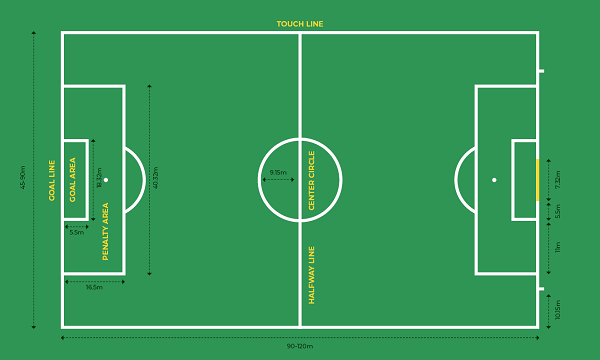
The penalty mark on the soccer field.
The larger rectangular box that surrounds the goal is called the penalty area. To determine the size of the penalty area, two lines are drawn perpendicular to the goal line 18 yards (16.5m) from the inside of each goalpost. These lines extend to the field of 18 yds (16.5 m) and are connected by a line parallel to the goal line.
The reason why you may sometimes hear the penalty box referred to as the “18-yard box” is because of the measurements.
In each penalty area, a penalty is taken 12 yds (11m) from the midpoint between the goalposts. Penalty points are calculated from the center point to the back edge of the goal line. An arc with a radius of 10 yds (9.15 m) from the center of each penalty point is drawn outside the penalty area.
The Flaghole of The Soccer Field
Have you ever looked at a football field and questioned the existence of those flagpoles? Wondering what they mean and what are their specifics? Yes, we will let you know.
In football, a corner flag must be placed at each quarter circle of the field, it must be at least 5ft (1.5 meters) high and it must have a non-pointed top for safety.
There is also the option of placing a flagpole at each end of the half-way, although this is not a legal requirement of the school.
If it is decided to plant a flag at the end of each half-way, that flag must be at least 1 yard or 1 meter from the line.
Final Words
Hopefully through this article, you have known soccer field dimensions in yards. If you want to know more about how big is a soccer field in feet, use a simple calculation like a yard is equal to 3 feet. Hopefully this knowledge will satisfy you!

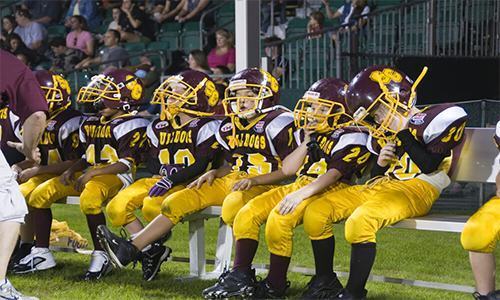
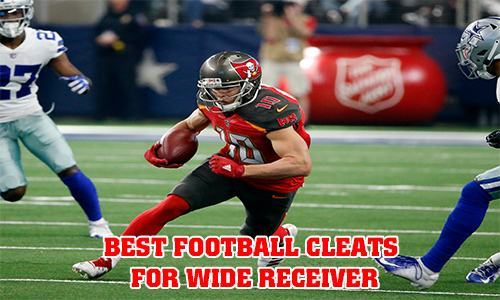
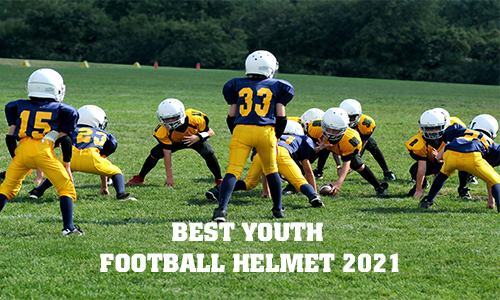
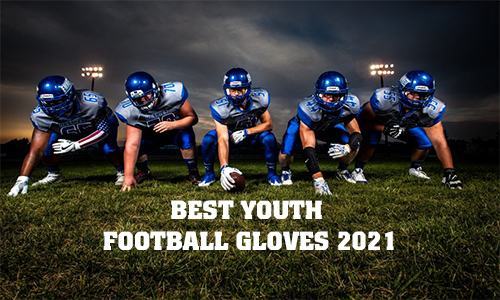
![[Top Rated] 10 best football gloves with best grip 2025 5 best football gloves 2021](https://www.scottfujita.com/wp-content/uploads/2021/03/best-football-gloves-2021.jpg)
![[Lastest Update] Top 10 Best Soccer Cleats For Kids 2025 6 Best soccer cleats for kids scott fujita](https://www.scottfujita.com/wp-content/uploads/2021/03/Best-soccer-cleats-for-kids-scott-fujita.jpg)

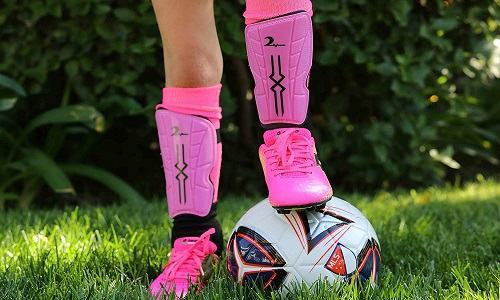
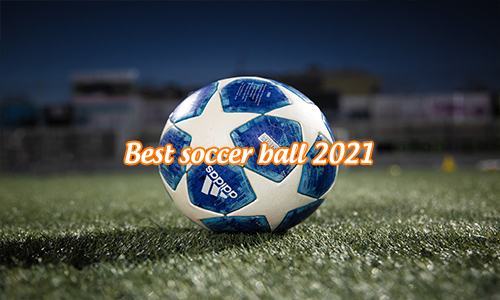
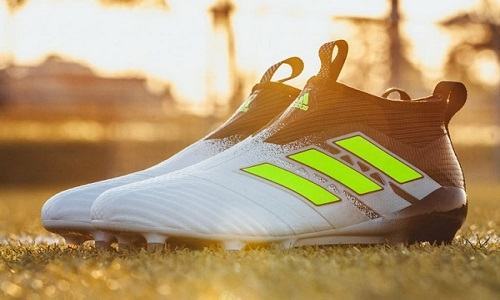
![[Top-Rated] The Best Basketball Shoes For Ankle Support 2025 11 best basketball shoes for ankle support scottfujita](https://www.scottfujita.com/wp-content/uploads/2021/07/best-basketball-shoes-for-ankle-support-scottfujita.jpg)




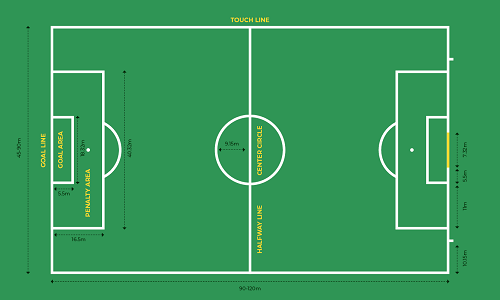



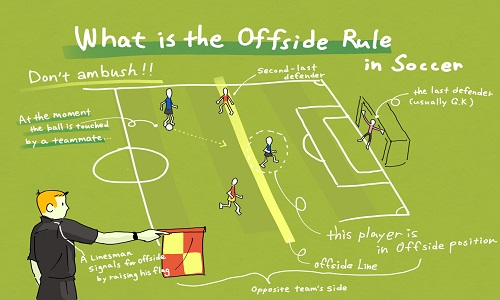
![What Are The 5 Positions In Basketball? [And Their Roles] 31 what are the 5 positions in basketball scottfujita](https://www.scottfujita.com/wp-content/uploads/2021/10/what-are-the-5-positions-in-basketball-scottfujita.jpg)


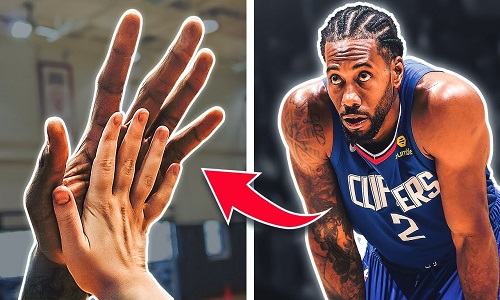



![Top 10 Best NBA Centers Of All Time [2024 Updated] 38 best nba centers of all time scottfujita](https://www.scottfujita.com/wp-content/uploads/2021/12/best-nba-centers-of-all-time-scottfujita.jpg)
![The Best Football Mouthguard 2024 [Reviewed & Compared] 39 best football mouthguard scottfujita](https://www.scottfujita.com/wp-content/uploads/2021/10/best-football-mouthguard-scottfujita.jpg)
